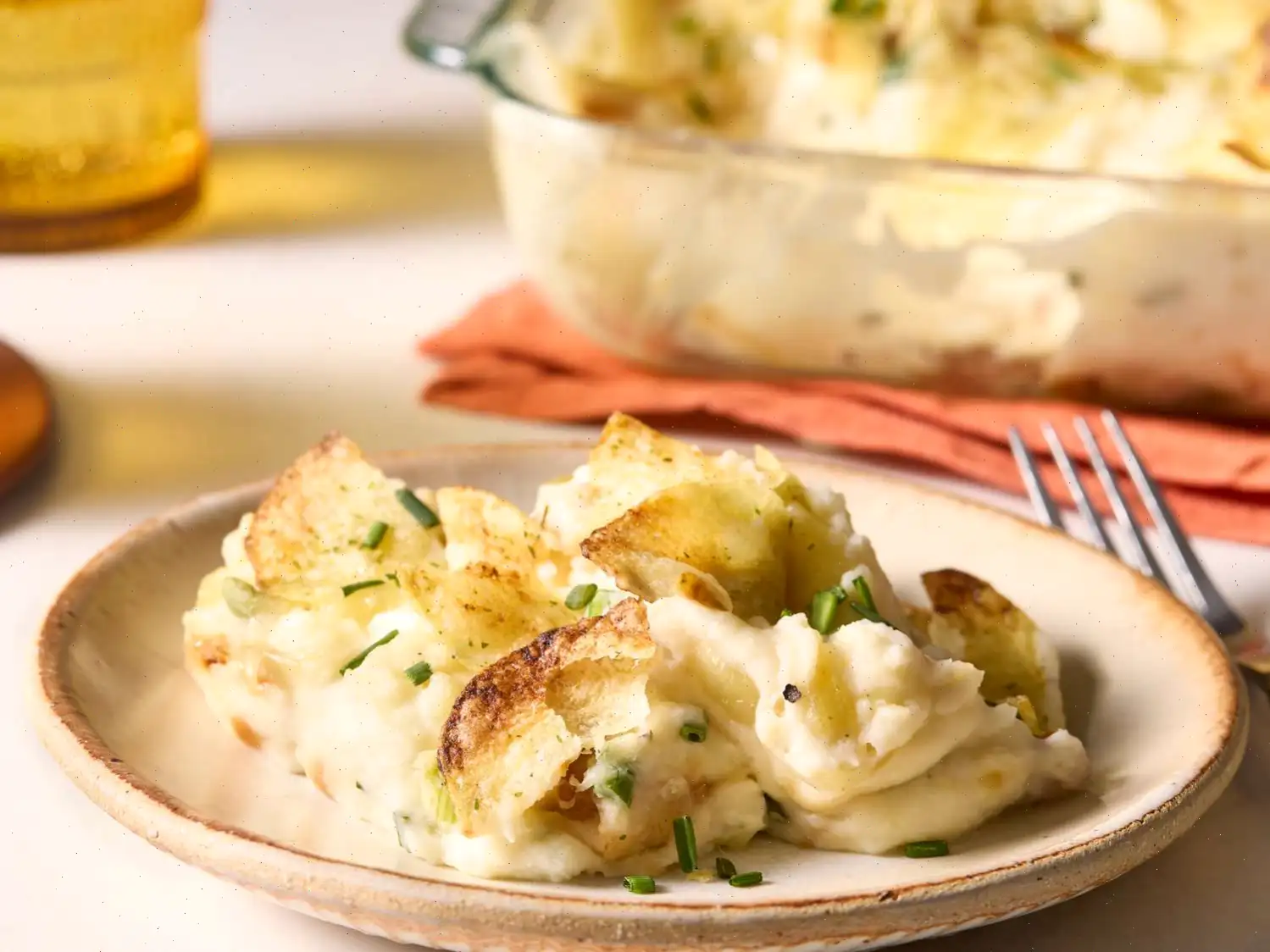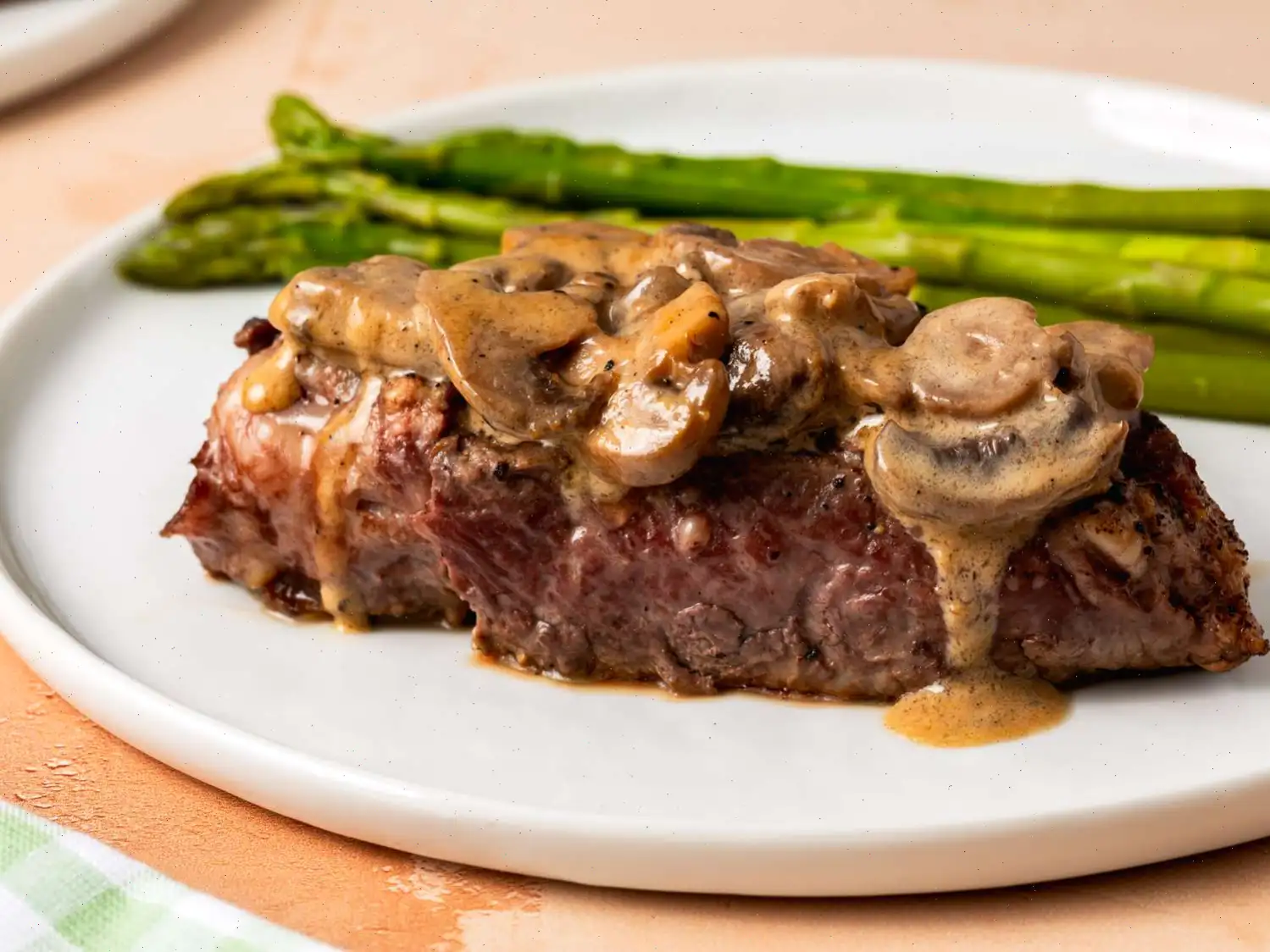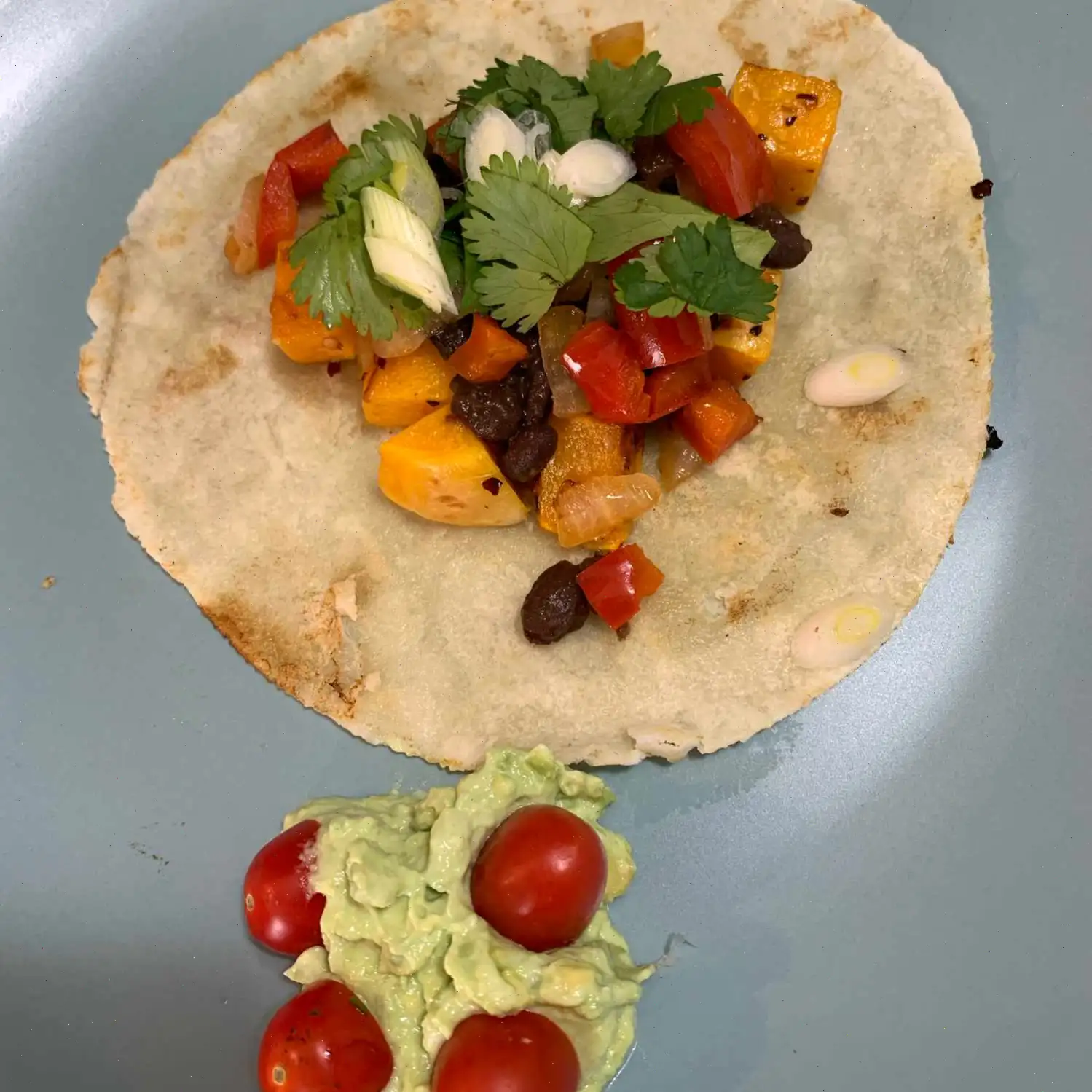
Grilled Tuna Teriyaki Recipe
This delicious grilled tuna steak recipe combines the fresh flavors of soy sauce, rice wine, ginger, and garlic to create a savory and satisfying dish. Perfect for a light dinner or a special meal, this recipe serves 4 people and is easy to prepare with minimal ingredients.
Ingredients
- 2 tablespoons light soy sauce
- 1 tablespoon Chinese rice wine
- 1 tablespoon minced fresh ginger root
- 1 large clove garlic, minced
- 4 (6 ounce) tuna steaks (about 3/4 inch thick)
- 1 tablespoon vegetable oil
Directions
- In a shallow dish, mix together the soy sauce, rice wine, ginger, and garlic until well combined.
- Place the tuna steaks into the marinade, ensuring that each piece is well coated. Cover the dish and refrigerate for at least 30 minutes to allow the flavors to infuse the tuna.
- Preheat the grill to medium-high heat.
- Remove the tuna from the marinade and discard any remaining liquid.
- Brush both sides of the tuna steaks with vegetable oil.
- Place the tuna steaks on the preheated grill and cook for 3 to 6 minutes per side, depending on your desired level of doneness. The tuna should be cooked through but still moist inside.
Nutrition Facts (per serving)
| Calories | 227 |
| Total Fat | 5g (7%) |
| Saturated Fat | 1g (5%) |
| Cholesterol | 77mg (26%) |
| Sodium | 329mg (14%) |
| Total Carbohydrate | 2g (1%) |
| Dietary Fiber | 0g (0%) |
| Total Sugars | 0g |
| Protein | 40g (81%) |
| Vitamin C | 2mg (2%) |
| Calcium | 32mg (2%) |
| Iron | 1mg (8%) |
| Potassium | 783mg (17%) |
* Percent Daily Values are based on a 2,000 calorie diet. Your daily values may be higher or lower depending on your calorie needs.

History and Origins
The origins of teriyaki sauce date back to Japan, where "teri" means "gloss" (the shiny appearance of the sauce) and "yaki" refers to grilling or broiling. While the term "teriyaki" was first documented in the 17th century, it became widely popular in the United States after Japanese immigrants introduced the dish in the mid-20th century. The combination of soy sauce, sugar, ginger, and garlic became a staple in both traditional and contemporary Japanese cuisine. Grilled tuna teriyaki, as a modern iteration of this classic, reflects the global fusion of flavors and cooking techniques, offering a delightful balance of savory and sweet that enhances the tunas natural umami.
Regional Characteristics
In Japan, teriyaki-style dishes are common in the Kanto and Kansai regions, where grilling and broiling are traditional methods of cooking. However, tuna teriyaki has a particularly strong following in coastal regions, particularly where fresh tuna is abundant, such as in Okinawa and other southern islands. The preparation often varies from place to place, with some regions incorporating local ingredients like sesame oil or mirin to tweak the flavor profile.
Differences from Similar Dishes
Grilled tuna teriyaki differs from other teriyaki dishes primarily in the choice of protein. While teriyaki is most commonly made with chicken, beef, or pork, tuna offers a lighter, more delicate flavor. Additionally, tuna steaks are typically cooked medium-rare or medium to preserve their moist, tender texture, whereas meats like chicken are cooked thoroughly. Grilled tuna teriyaki also stands apart in its ability to showcase the natural, clean taste of the tuna, with the marinade serving as a complementary enhancement rather than a dominating flavor.
Where It's Typically Served
Grilled tuna teriyaki is a popular dish in many sushi and Japanese restaurants worldwide, particularly in coastal areas where tuna is fresh and readily available. It's often served as part of a seafood platter or as the centerpiece of a bento box. In Japan, you may also find it as a main dish in casual dining establishments or izakayas (Japanese pubs). In the United States and other countries, it's often featured on the menu of Japanese fusion restaurants, appealing to those who enjoy a mix of traditional Japanese flavors with local or international influences.
Interesting Facts
- Tuna is a highly nutritious fish, rich in protein and omega-3 fatty acids, which are known for their heart-healthy benefits.
- The grilling method used for tuna in this dish helps to enhance the fish's natural flavors while keeping it tender and juicy inside.
- In Japanese culinary tradition, the concept of umami is key, and tuna, with its rich, meaty taste, is considered a perfect vehicle for the sweet and salty teriyaki sauce.
- The combination of soy sauce and rice wine in the marinade is not only flavorful but also acts as a natural tenderizer for the fish.
- While the dish is rooted in Japanese cuisine, its global popularity has made it a favorite in restaurants and home kitchens across the world.
FAQ about Grilled Tuna Teriyaki Recipe
Comments
Paul Martinez
10/20/2023 12:30:07 AM
Great marinade! I prepared it for 4 steaks, but only ended up cooking 2. If you prefer your steaks rare or medium rare, be sure to cook them for only about 2 minutes on each side. I made the mistake of cooking the first side for 3 minutes and the second side for 4 minutes, and my steaks turned out fully cooked and a bit dry.
Ronald Garcia
01/11/2023 11:10:37 AM
I absolutely adore the marinade! Rather than throwing it away, which seems like such a waste of the delicious garlic and ginger flavors, I decided to sauté the tuna in a pan along with the marinade. The result was a fantastic burst of flavors as the marinade reduced. Just remember to be cautious not to overcook the tuna.
Heather Rivera
03/05/2023 05:26:49 PM
Followed the instructions and marinated the dish for 1.5 hours as recommended, even though it said for at least 30 minutes. Unfortunately, the dish lacked flavor. We ended up adding some warmed teriyaki sauce, which greatly improved the taste. Since the store-bought teriyaki sauce worked so well, I think I'll stick to using that instead of going through the trouble of mincing fresh ginger root and garlic.
Sarah Edwards
09/06/2023 04:05:33 AM
Sure, next time I will double the marinade and prepare the sauce afterwards.








